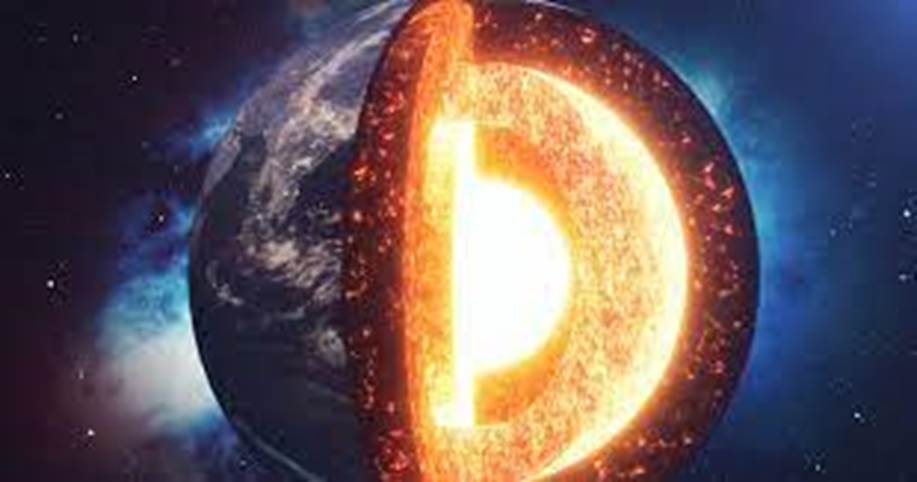
These gigantic buried mountain ranges, called ultra-low velocity zones (ULVZ), are located in the core-mantle boundary inside Earth, around 1,800 miles deep . Some can be "4.5 times the height of Everest" or more than 24 miles in height, researchers told the BBC – NBC News
Gigantic Mountains Inside Earth Mystify Scientists
By Sharon Adarlo
Mount Everest may be the highest peak on Earth, but the BBC reports that there are staggeringly tall mountains deep inside our planet's interior that dwarf the tallest ranges on the surface — and scientists are puzzled over the origin of these geological marvels.
These gigantic buried mountain ranges, called ultra-low velocity zones (ULVZ), are located in the core-mantle boundary inside Earth, around 1,800 miles deep . Some can be "4.5 times the height of Everest" or more than 24 miles in height, researchers told the BBC , and completely hidden until they were revealed by seismic data from earthquakes and even atomic explosions.
"We found evidence for ULVZs kind of everywhere," University of Alabama geologist Samantha Hansen told the BBC , adding that "if it's big enough, we can see it."
Deepening Mystery
Scientists have speculated that these structures may be remnants of ancient oceanic crusts that were pushed deep into the Earth's interior, or parts of the mantle that have been superheated by the planet's searingly hot core.
Adding to the grandeur, when you find these interior mountains you will also likely find another mysterious deep-Earth structure, large low-shear-velocity provinces or "blobs," as scientists often call them . The BBC reports that these mountain ranges and blobs could offer valuable new clues into the shifting and jostling of tectonic plates as they move from the Earth's crust into the deep mantle.
Round the World
A team of scientists led by Hansen has been studying these ULVZs via seismology stations in Antarctica. The southernmost continent is an interesting place to study these hidden monster mountains, because they're far from any blobs or tectonic plates that have shifted or fallen.
But because of their existence in Antarctica, Hansen says these gigantic peaks may be found all around the planet, contradicting the idea that these high underground peaks were once ancient ocean floors.
"Seismic investigations, such as ours, provide the highest resolution imaging of the interior structure of our planet," Hansen said earlier this year , "and we are finding that this structure is vastly more complicated than once thought." - Futurism

